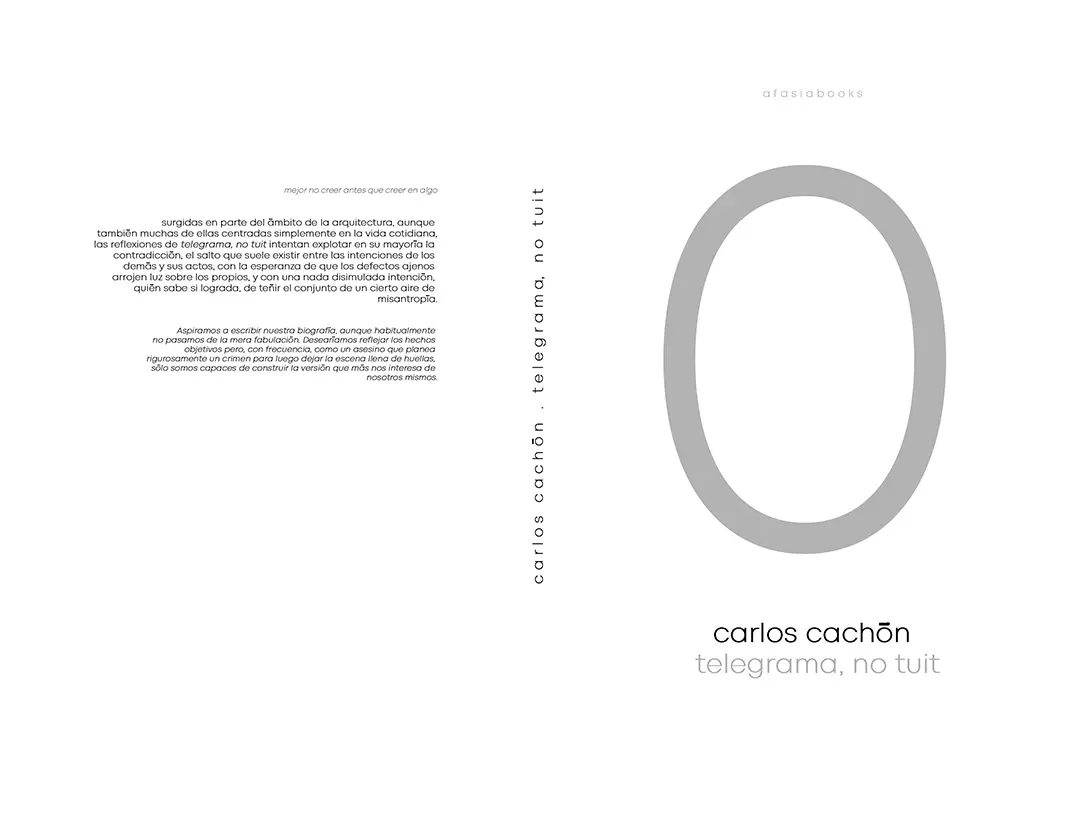
MET Architects . photos: © Piotr Hraptovich
How can purely functional buildings from the 1950s be atmospherically reimagined to meet today’s aesthetic expectations and extend their life cycle? This question was central to the renovation of the Gellert school complex in Basel, Switzerland. It was built between 1951 and 1953 by the cantonal architect Julius Maurizio and expanded in subsequent years. The partially listed building complex comprises two school buildings, an assembly hall with a caretaker’s apartment, a double gymnasium and a kindergarten, as well as the Christoph Merian double gymnasium (1959/63), a freestanding double gymnasium to the south of the primary school. With its pavilion-like structure, child-friendly scale and sculptural design of the façades, the school complex offers qualities that are still compelling today. The focus of the overall refurbishment was therefore not only to upgrade the energy efficiency and adapt the building to current laws and standards, but also to make the school spatially and functionally suitable for the coming decades through carefully considered use distribution and minimal structural interventions.
The building structure was largely in good condition. The renovation included the repair and insulation of the roofs, the partial replacement of windows, and the integration of a new sunshading system. The entire building services infrastructure was replaced, and the facility was upgraded to comply with current legal standards concerning fire protection, earthquake safety, energy efficiency, security, and barrier-free access. Additionally, all interior surfaces were renewed.
From both a technical and pedagogical perspective, the two gymnasium buildings no longer met today’s requirements. The changing rooms and equipment storage areas were reorganized, and the gymnasiums, including flooring and fixed equipment, were renovated according to BASPO standards. The existing storage space was extended with an additional room, and the sanitary facilities and appliances were fully replaced.
Originally, the Christoph Merian gymnasium was designed purely with functionality in mind, both in layout and in the choice of materials and colors. The two gym halls were arranged lengthwise, with ancillary rooms placed in a row along the northeast side. With minimal but strategic interventions, the floor plan was optimised: the central wall was removed to create a shared entrance to both halls, including a teachers’ changing room that is accessible for people with disabilities and two bathrooms with showers. This facilitates the use of the gym halls outside school hours, for example by local sports clubs, while the separate girls’ and boys’ changing rooms remain accessible via dedicated external entrances. A new partition wall converts the elongated space between the changing rooms into two shower rooms. The two square equipment rooms at each end of the building were separated from the changing rooms and became accessible only from inside the gym halls.
The existing interior was updated to fulfil the functional and aesthetic requirements of a modern gymnasium. To accommodate new technical systems, the walls were clad with three-layer wooden panels. The new acoustically effective suspended ceiling was lowered to a height of 2.70 meters at the sides to significantly improve room acoustics. All panel joints were covered with battens, lending the space a more refined level of detail. The new color scheme, featuring light blue-green tones on the walls and ceiling, a wine-red sports floor with matching skirting boards, salmon-colored textile sunshades, and equipment, doors, and furniture made from light ash, gives the gymnasium a fresh and contemporary appearance in line with its construction period.
_
MET Architects GmbH SIA
Christoph Merian Gymnasium, Basel
Renovation and conversion
Competition: 2019, 1st prize
Planning/execution: 2019–2023
Client: Cantonal department of buildings and transportation Basel-Stadt, urban planning and architecture division
Floor area: 2,009 m2
Volume: 81,566 m3
Construction management: Proplaning AG, Basel
Landscape architecture: August + Margrith Künzel Landschaftsarchitekten AG, Binningen
Structural engineering: wh-p Ingenieure AG, Basel
Electric engineering: Eplan AG Elektroengineering, Reinach
Mechanical engineering: Herrmann + Partner Energietechnik GmbH, Basel
Sanitary engineering: Bogenschütz AG, Basel
Building physics: Gruner AG, Basel
Photography: Piotr Hraptovich















